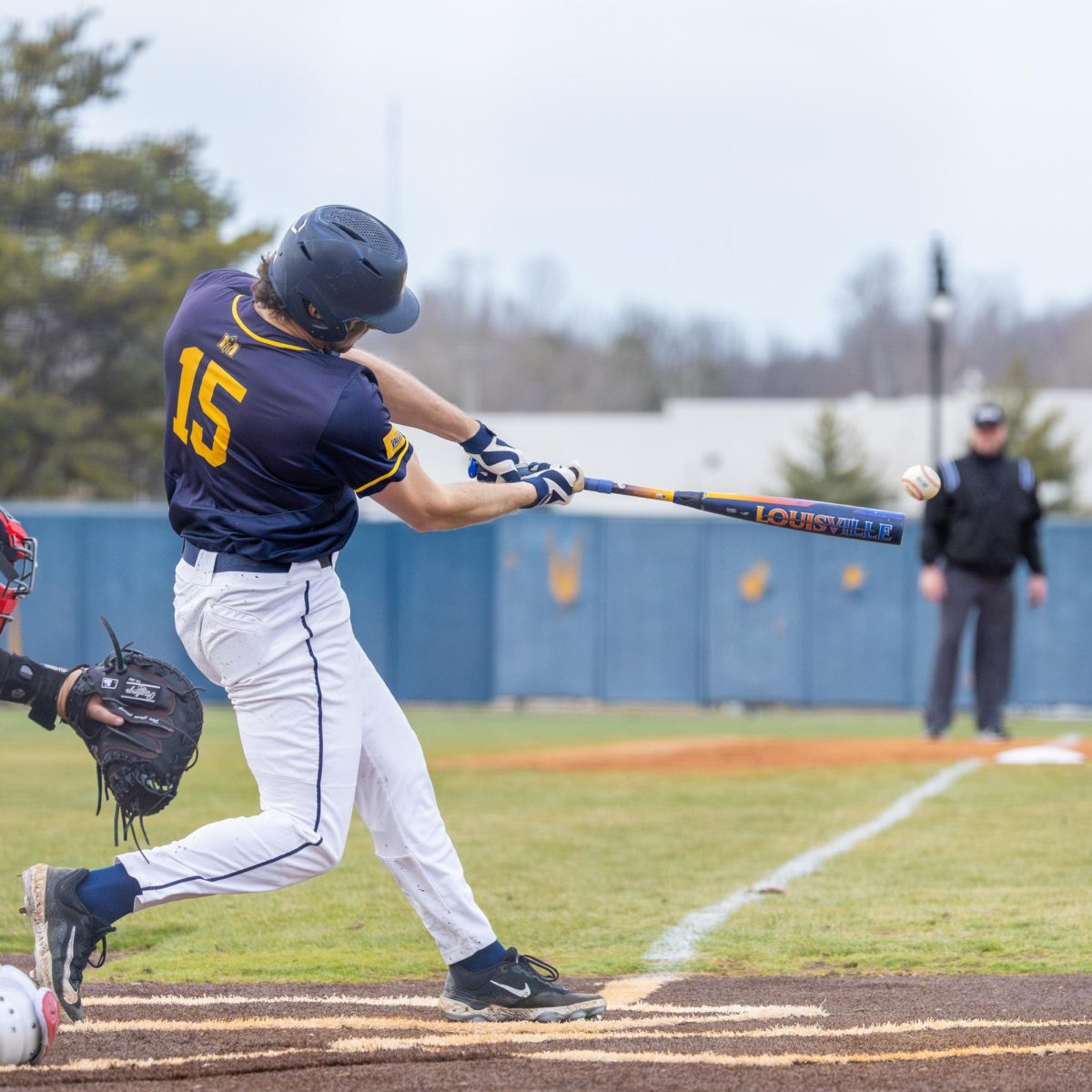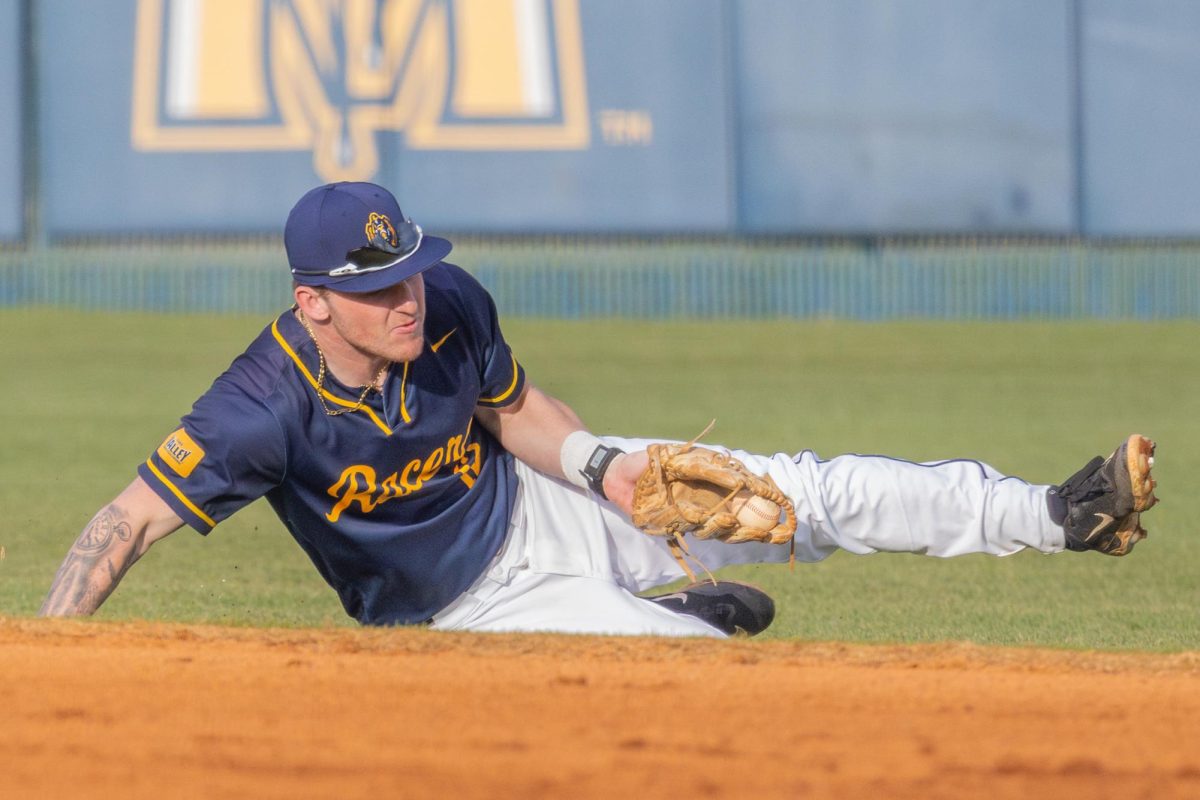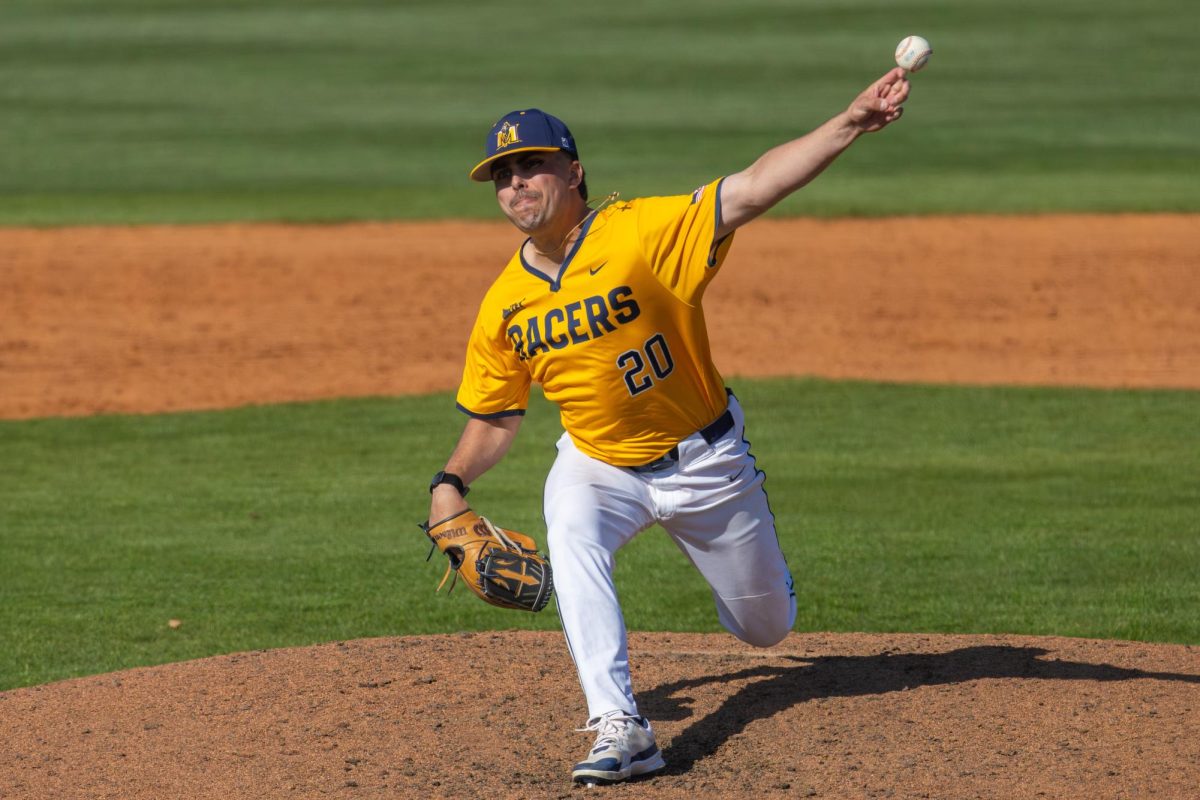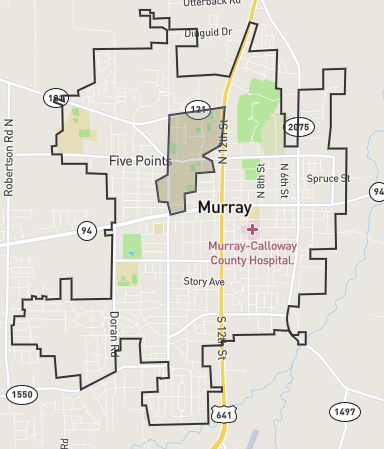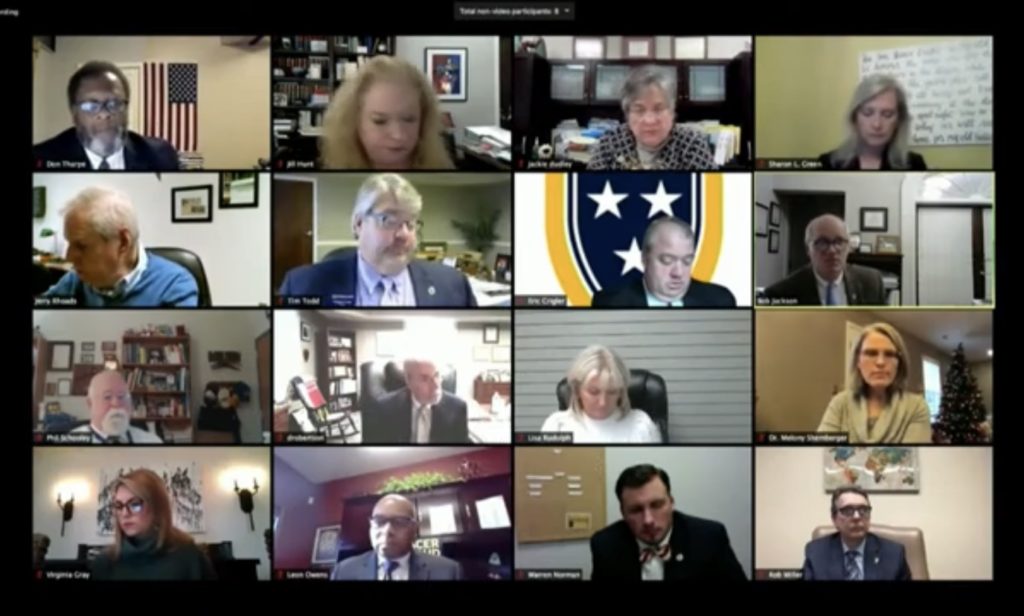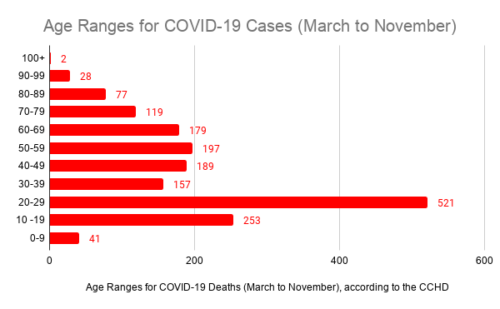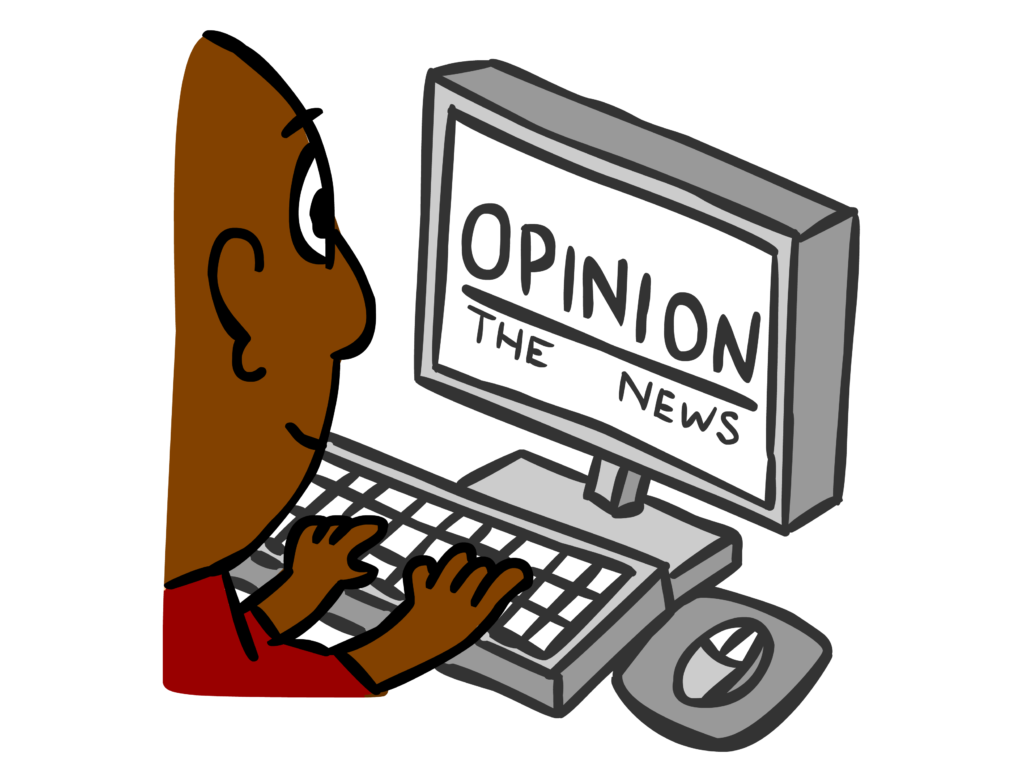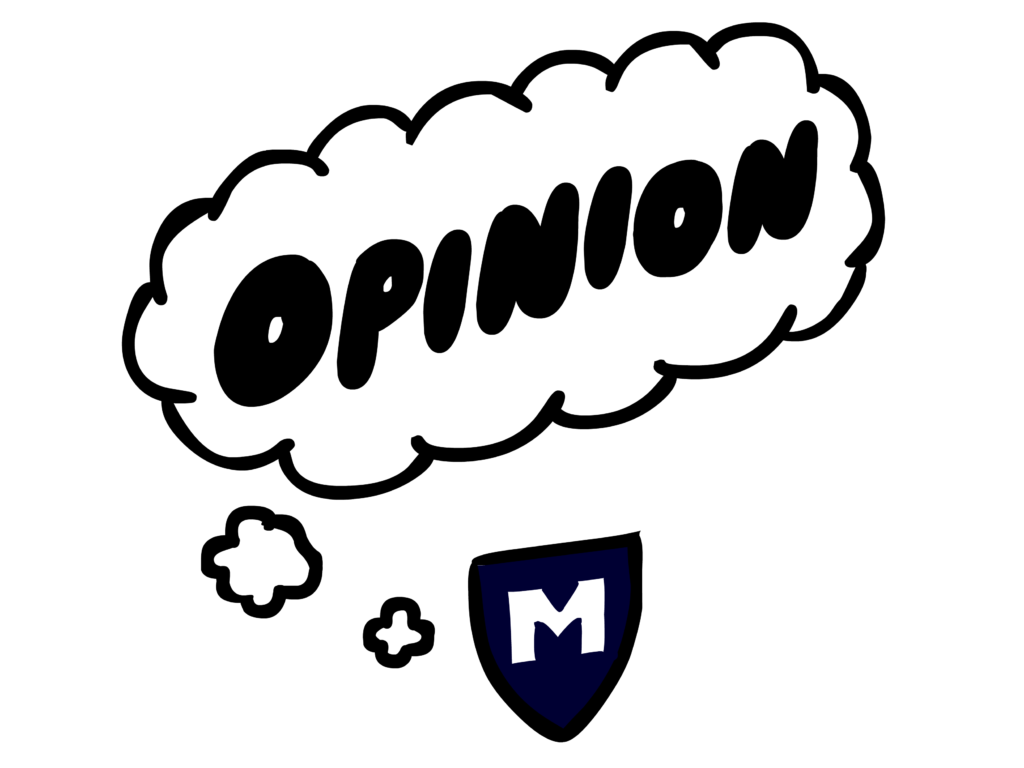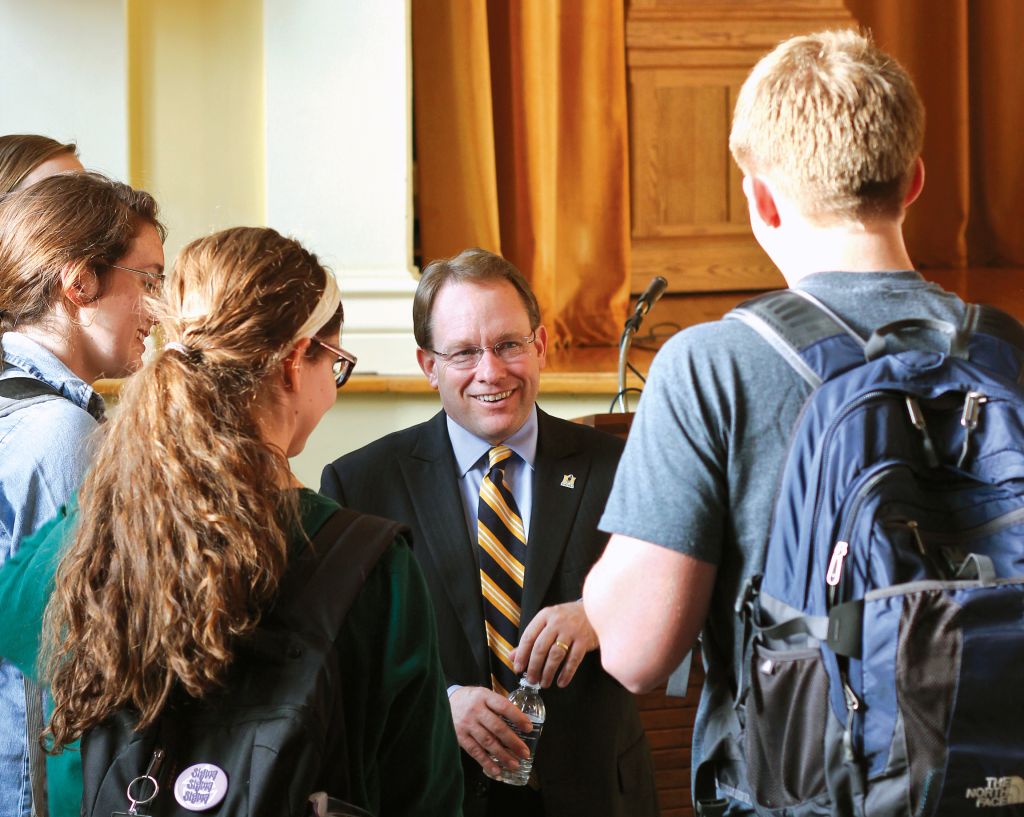
Incoming President Robert Davies talks to students at an open forum before Spring Break.
Incoming President Robert Davies is back in Oregon, tending to the needs of his university while keeping in mind his future presence at Murray State.
Davies was selected by the Board of Regents to be the 13th president of Murray State, starting in July.
However, students had questions they wanted answered before President Tim Miller resigns and leaves his office open for Davies.
The News wanted student questions and concerns to be answered, so Editor-in-Chief Lexy Gross asked the questions for them.
Lexy Gross: How will you work to improve communication between the Board of Regents and the Office of the President?
Robert Davies: Several things – the role of the president is to serve the faculty, staff and students at Murray State University and at the same time is responsible to the (Board of Regents).
The president needs to make sure he keeps the board informed of the mood and temper of the campus and convey those ideas and suggestions to the board.
The president must be in the role of being the communication link from the board to the campus community.
In doing so, my pledge to the board and to the campus for that matter is the pledge of no surprises.
I never want to have the board caught off guard; I never want to have the board surprised of a certain situation or anything along those lines.
The campus community also needs to know what decisions the board is making, what their thoughts are on various issues and where they’re heading. The key element to that is no surprises, and again that goes both for the campus and the board itself.
Another key part of my style of leadership is that I don’t brush challenges or issues under the rug and hope they go away. My view is that if we have a challenge or an issue on the campus that we take it and meet it head on.
That again means being open and upfront, honest, transparent and inclusive with the campus community on those issues. It’s the same thing with the board.
I need to be engaging them in these conversations in a manner that’s productive to deal with those significant issues and challenges. It really goes back to having a relationship with the board and also the campus community of faculty, staff and students.
Part of that is not being afraid to say, “Here’s the elephant in the room; here’s something we need to discuss.”
LG: What is your commitment to nontraditional students? How do you envision their involvement on Murray State’s campus?
RD: Nontraditional students are becoming traditional students. The research and trends in higher education are showing that the true traditional student isn’t a majority.
Something I find extremely encouraging and I’m proud of at Murray State is the commitment to serve students where they are. And by that I mean their backgrounds and histories.
Nontraditional students are a growing segment of our population and they will continue to grow. The nontraditional student market presents immense opportunities for University growth and to be honest, they add to the campus dynamic.
To have classes in which you have a plethora of individuals with many different backgrounds, looking at the same problems and situations is extremely beneficial. Nontraditional students add to that vibrancy of class discussion.
Traditional students also add new energy and new ideas to the equation in which our nontraditional students can benefit from as well.
It’s imperative that we work with nontraditional students and on a co-curricular front again I think that nontraditional students, like any student, bring in a set of needs and support mechanisms we need to be ready to serve.
They present different challenges. The working parents have needs not only related to class schedules but also when services are offered.
Murray State is strong in serving students as individuals and not as a lump. I think again that’s something we can build off of at Murray State very effectively.
LG: One of the biggest issues we hear about is parking on campus. Do you have any ideas or concerns about parking at Murray State?
RD: I know of only one university in the US that doesn’t have a parking problem and that is the University of Miami in Ohio. They don’t have a parking problem because students aren’t allowed to have cars. I don’t think we’re going to go down that line.
Parking is a continual problem on most university campuses. Is it something we will address and take a look at? Absolutely.
Maybe we can find some creative ways to solve the problem at Murray or at least alleviate the situation. Having walked across campus, I haven’t parked yet, but there are a lot of cars.
Maybe we could offer an award if someone could come up with a creative way to solve the parking problem at Murray State. I love challenging students in creative ways.
LG: How are you committed to green energy on Murray States campus and do you have any ideas for The Sustainability Commission?
RD: I will say at my campus here in La Grande, Oreg., we have made significant strides in clean energy, clean technology and environmental sustainability.
All of our construction projects that we have gone through in the last five years have been certified Leadership in Energy and Environmental Design gold rated and that is a significant commitment. In fact, we were able to put up the first LEED gold building in the region.
I am a founding signer of the president’s commission on sustainability and so I hope that commitment continues on in my presence at Murray State.
How will we lessen our carbon footprint and provide sustainable alternatives? This is all very important. EOU is in the heart of that cultural area where sustainable energy and practices is of a paramount importance. That is something we will take on.
LG: What are your thoughts on foreign language education?
RD: One of the key things I think is important of an undergraduate student’s experience and curriculum is exposure to different cultures.
A part of that is understanding the language, issues and traditions. As we are able to educate not only in the technical fields but the global fields, and have our graduates and students able to compete and work in a global community, it is imperative that they are educated in different cultures. Language is a major part of that.
I am a proponent of as many opportunities as we can of our students being around as many cultures as possible – different ideas and different beliefs as well. As an undergraduate, exposure to different cultures is important.
LG: How involved do you plan to be with the administration up until your start date?
RD: I communicate with the vice presidents on a fairly regular basis now through emails and phone calls. I will be on campus the week of April 15 to continue the transition process.
President Miller and I have an agreement that we’ll be working together on all major decisions as they move forward.
I am basically doing two jobs – I’m president at Eastern Oregon University and serving in this transitional role to Murray State. My role and my goal is to be as aware of the challenges and opportunities to the best of my ability so that when I’m officially on campus July 14 we don’t miss a step.
During that time frame, as I mentioned in the interview process, I’m very much in the listening mode, in the gaining of information mode and the learning mode.













